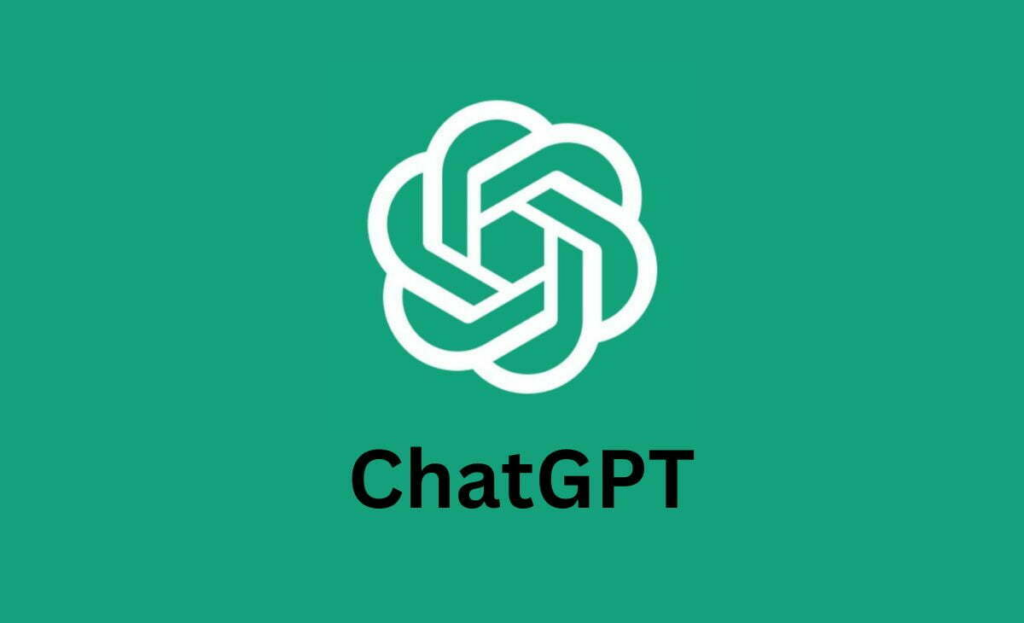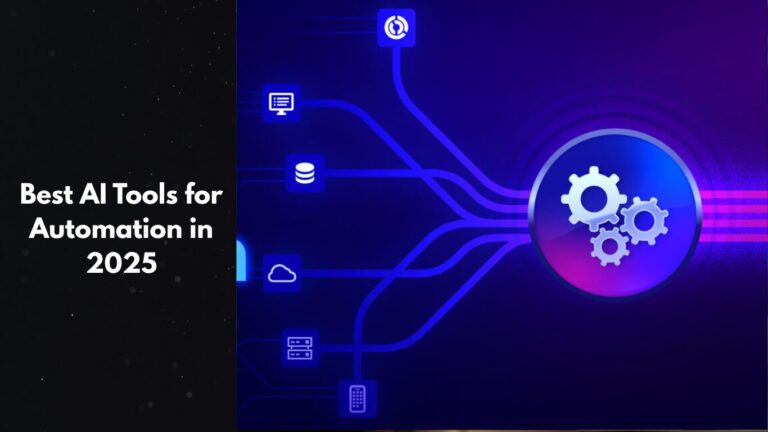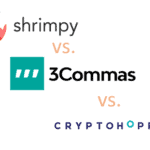ChatGPT is an AI model developed by OpenAI, designed to generate human-like text based on the input it receives. It stands for “Chat Generative Pre-trained Transformer.” Essentially, it’s a sophisticated language model that can understand and generate text in a conversational manner. ChatGPT is trained on a vast amount of text data and uses a deep learning architecture called Transformers to understand and generate responses to prompts or questions. It’s used in various applications, including chatbots, virtual assistants, content generation, and more, to simulate human-like conversation and provide useful responses to users.
The key features of ChatGPT include:
- Natural Language Understanding: ChatGPT has the ability to understand natural language input from users, allowing it to comprehend a wide range of questions, prompts, and conversational contexts.
- Contextual Responses: It generates responses based on the context of the conversation, taking into account the preceding dialogue to provide relevant and coherent answers.
- Conversational Flow: ChatGPT maintains a conversational flow by responding contextually to the user’s queries, enabling fluid and engaging interactions similar to human conversation.
- Multimodal Inputs: It can process various types of inputs, including text, images, and audio, to provide more versatile and interactive responses.
- Adaptability: ChatGPT can adapt its responses based on user feedback and the evolving context of the conversation, improving its performance over time.
- Extensibility: Developers can fine-tune ChatGPT or integrate additional modules to enhance its capabilities and customize its behavior for specific applications or use cases.
- Ethical Considerations: ChatGPT incorporates safeguards to promote ethical use, such as filtering out inappropriate content and avoiding biased or harmful responses.
- Multi-Turn Dialogue: It supports multi-turn dialogue, allowing users to engage in extended conversations with ChatGPT and maintain continuity across multiple interactions.

Table of Contents
How does ChatGPT work?
ChatGPT is based on a deep learning architecture called Transformers, which processes input text and generates output text using a sequence-to-sequence approach. It’s pre-trained on a large dataset of text from the internet and fine-tuned for specific tasks or applications.
What can I use ChatGPT for?
ChatGPT can be used for a variety of applications, including chatbots, virtual assistants, content generation, language translation, and more. It’s versatile and adaptable, making it suitable for a wide range of natural language processing tasks.
Is ChatGPT capable of understanding context?
Yes, ChatGPT is designed to understand context and generate responses that are appropriate based on the preceding dialogue. It maintains a conversational flow by considering the context of the conversation and providing relevant answers.
Can ChatGPT generate responses in multiple languages?
While ChatGPT is primarily trained on English text, it can generate responses in multiple languages with varying degrees of proficiency. There are also versions of ChatGPT trained specifically for other languages, such as Chinese, Spanish, and French.
How accurate is ChatGPT?
The accuracy of ChatGPT depends on various factors, including the quality of the training data, the complexity of the task, and the specific version of the model being used. Generally, ChatGPT performs well in generating coherent and contextually relevant responses, but it may occasionally produce errors or nonsensical output.
Is ChatGPT biased?
ChatGPT strives to be unbiased and impartial in its responses, but like any AI model, it may reflect biases present in the training data. OpenAI takes measures to mitigate bias in ChatGPT by carefully curating and filtering the training data and implementing fairness and transparency guidelines.
Can ChatGPT be used for malicious purposes?
While ChatGPT is primarily intended for positive and productive applications, there is potential for misuse by individuals or organizations seeking to generate harmful or misleading content. OpenAI encourages responsible use of ChatGPT and provides guidelines for ethical deployment to mitigate potential risks.
Using ChatGPT to learn about bots can be incredibly helpful because it acts like a knowledgeable friend who can explain things in a simple and clear way. Imagine you want to understand what bots are and how they work. Instead of trying to sift through complicated articles or technical manuals, you can just ask ChatGPT.
For example, let’s say you’re curious about how chatbots are used in customer service. You could ask ChatGPT, “What are chatbots and how do they help in customer service?” ChatGPT would then explain that chatbots are computer programs that can have conversations with people. They are often used by companies to answer common customer questions quickly, like helping you track your order or reset your password. This saves time for both customers and human customer service agents.
ChatGPT can also answer follow-up questions you might have, such as how chatbots are programmed, what technologies they use, or how they understand and respond to human language. By using ChatGPT, you get personalized explanations and can learn about bots step-by-step, making a complex topic much easier to understand.
Also Read ➤ ➤ 100+ ChatGPT Prompts for learning About AI | Check NOW!
The Main Agenda – Best Chat GPT Prompts to learn about Bots
Informational Prompts
- “What is an AI chatbot and how does it work?”
- “Explain the basics of how ChatGPT generates responses.”
- “What are some common applications of AI chatbots?”
Functional Prompts
- “How can AI chatbots help in customer service?”
- “What tasks can ChatGPT assist with in daily life?”
- “In what ways do AI chatbots improve productivity?”
Interactive Prompts
- “Pretend you are a virtual assistant helping me plan my day. What would you suggest?”
- “Act as a chatbot therapist and help me with stress management techniques.”
- “Simulate a conversation where you provide tech support for a software issue.”
Also Read ➤ ➤ 80+ ChatGPT Prompts for Project Managers | DIVE NOW!
Technical Prompts
- “Explain in simple terms how machine learning helps AI chatbots understand text.”
- “What are neural networks, and why are they important for AI chatbots?”
- “How does training data affect the performance of an AI chatbot?”
Ethical Prompts
- “Why is it important to address bias in AI chatbots?”
- “What privacy concerns should users be aware of when interacting with AI chatbots?”
- “How can developers ensure AI chatbots are used ethically?”
Comparative Prompts
- “How is ChatGPT different from traditional chatbots?”
- “What are the main differences between ChatGPT and Google’s AI chatbot?”
- “Compare the advantages of AI chatbots over human customer service agents.”
Also Read ➤ ➤ 30+ ChatGPT Prompts for LinkedIn Posts | Try NOW!
Exploratory Prompts
- “What new features might we see in the next generation of AI chatbots?”
- “How might AI chatbots change the way we interact with technology in the future?”
- “What are some innovative uses of AI chatbots in different industries?”
Hands-On Prompts
- “Walk me through the process of creating a simple AI chatbot using ChatGPT.”
- “How can I integrate an AI chatbot into my website?”
- “What are the basic steps to fine-tune an AI chatbot for a specific purpose?”
Feedback Prompts
- “What improvements do users commonly suggest for AI chatbots?”
- “How can user feedback help improve the performance of ChatGPT?”
- “What are some limitations of ChatGPT that users often point out?”
Creative Prompts
- “Write a short story about a day in the life of an AI chatbot.”
- “Create a poem that describes the relationship between humans and AI chatbots.”
- “Imagine a future where AI chatbots are part of everyday life. Describe a typical interaction.”
Also Read ➤ ➤ 115+ ChatGPT Prompts for Google Ads | Try NOW!
Conclusion
Learning about AI bots using ChatGPT is an engaging and effective way to understand complex topics through clear and relevant responses. With a variety of prompts, you can explore different aspects of AI chatbots, from basic information and functional applications to technical details and ethical considerations.
ChatGPT acts like a knowledgeable friend, making the learning process interactive and accessible. This approach enhances your understanding and keeps the journey enjoyable.
By using these prompts, you can gain a comprehensive understanding of AI chatbots, their capabilities, and their impact on various industries. This knowledge empowers you to effectively leverage AI technology in both personal and professional settings, staying ahead in an increasingly digital world.










